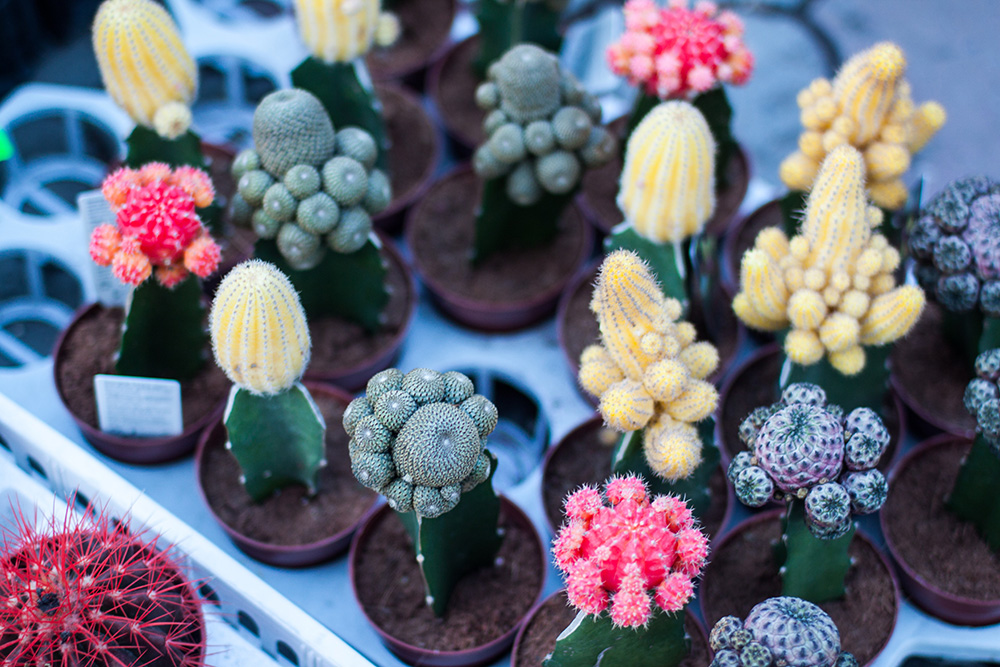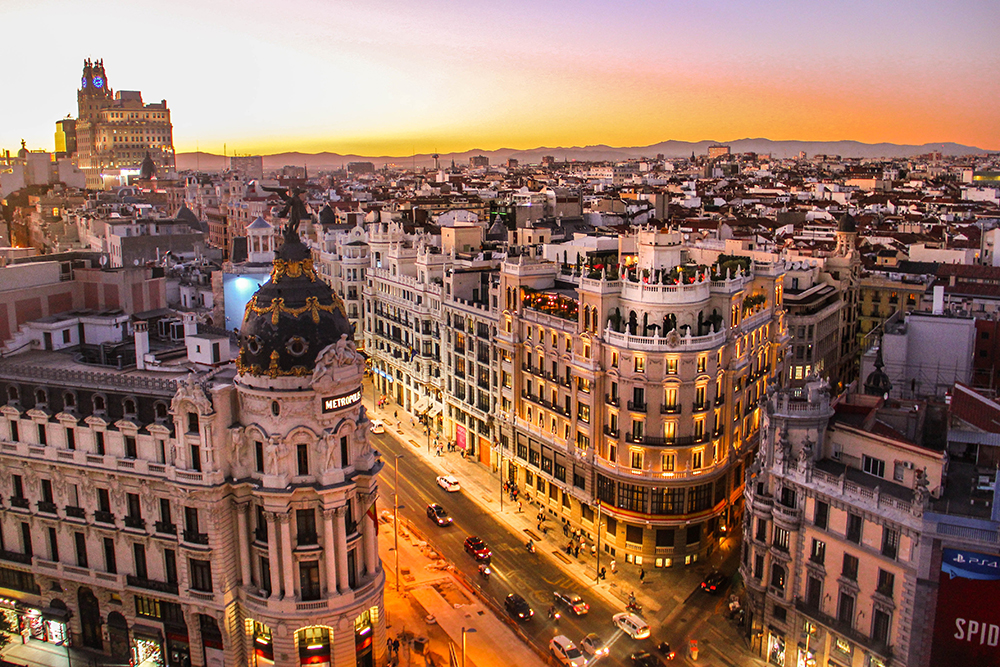
SINGAPORE – From Saturday (March 13), the Singapore Botanic Gardens will put on display art pieces that date back to the colonial period, housing them in a repurposed colonial bungalow.
The National Parks Board (NParks) has converted Gallop House No. 7 (Inverturret) into the Botanical Art Gallery.
It will feature watercolours and drawings from the gardens archives, which has around 2,000 pieces.
The artwork, which will include some works by contemporary artists, will be rotated every six months, with about 100 pieces on display at any one time.
Dr Michele Rodda, the gardens’ senior researcher and curator of exhibitions, said: “This is the first time we are making a significant amount of artwork from our archives available to the public.
“We hope to increase awareness of the importance of botanical art for research and showcase the coordination between the work of artists and botanists.
“The gallery is not merely a historical, closed collection but a collection which is increasing and growing.”
It was among several new features officially opened by Deputy Prime Minister Heng Swee Keat on Saturday morning.
The features are part of the Singapore Botanic Gardens’ Gallop Extension.
Aside from Inverturret, Gallop House No. 5 (Atbara) has also been repurposed.
It is now the Forest Discovery Centre @OCBC Arboretum.
Built in 1898, it is the oldest known colonial bungalow in Singapore that is still standing.
The Forest Discovery Centre is a centre for outreach and research, showcasing Singapore’s forest ecosystems and highlighting the importance of their conservation through interactive displays.
Some exhibits in the centre complement the OCBC Arboretum, which houses and displays the gardens’ collection of dipterocarps – a group of plants which comprise mostly rainforest trees.
Entry to both the discovery centre and art gallery is free, and subject to current safe management measures, said NParks.
Also newly opened is the Como Adventure Grove – a playground inspired by parts of trees found within the gardens.
It includes structures like a giant version of the pod and seeds of a saga tree, which are transformed into play-objects for children to climb and jump on.
The completion of the 8ha extension brings the total area of the gardens to 82ha.
The Como Adventure Grove at the Singapore Botanic Gardens Gallop Extension. ST PHOTO: GAVIN FOO
The newly opened sections comprise 5ha of the Gallop Extension, 3ha of which was opened in 2019.
Sites opened in 2019 include the Mingxin Foundation Rambler’s Ridge and the OCBC Arboretum.
Group director of the gardens Tan Puay Yok, said: “The Gallop Extension is designed for all ages.
“It allows people to get close to nature in a very immersive environment and be educated on the importance of conservation, and understand the natural and cultural heritage of this park.”
A selection of paintings from the Singapore Botanic Gardens archives on exhibit in the Botanical Art Gallery in the Inverturret House. ST PHOTO: GAVIN FOO
Referring to the gardens as a success story in Singapore’s push to become a City in Nature, one of the pillars of the recently announced sustainability blueprint Singapore Green Plan 2030, Mr Heng said: “The Botanic Gardens exemplifies Singapore’s commitment to build a liveable and sustainable Singapore.”
The Gallop Extension was slated to be fully opened in 2020, but some parts were delayed due to preservation considerations and Covid-19 restrictions on construction.
One remaining feature remains to be completed – the HPL Canopy Link, which will open in 2022.
The 200m-long bridge will connect the Gallop Extension to the Learning Forest in the older area of the gardens.
The Mingxin Foundation Ramblers Ridge at the Gallop Extension was opened in 2019. ST PHOTO: GAVIN FOO

 Subscribe to The Daily Telegraph to get unrestricted digital access, home paper delivery, Apps for iPad and Android, member only +Rewards and much more…
Subscribe to The Daily Telegraph to get unrestricted digital access, home paper delivery, Apps for iPad and Android, member only +Rewards and much more…  Do you compost or buy second hand?
Do you compost or buy second hand?  The Newsreader review: Exhilirating Australian prestige drama
The Newsreader review: Exhilirating Australian prestige drama  Local shares fell on Friday as investors make last-minute adjustments to their portfolios ahead of the main index’s rebalancing, while unease over rising infections grows.
Local shares fell on Friday as investors make last-minute adjustments to their portfolios ahead of the main index’s rebalancing, while unease over rising infections grows. 


